Archeological discoveries often transport us back to ancient civilizations, providing a snapshot of human history hidden in the remnants of time. Most of the time, these artifacts are composed of stone.
But nestled in the heartland of Spain, researchers have unearthed extraordinary prehistoric weapons carved entirely out of clear quartz crystal. Dating back to at least 3000 BCE, these weapons—a trove of which includes a stunning crystal dagger—highlight the remarkable craftsmanship and intricate skills of our ancestors.
How The Crystal Dagger Was Discovered
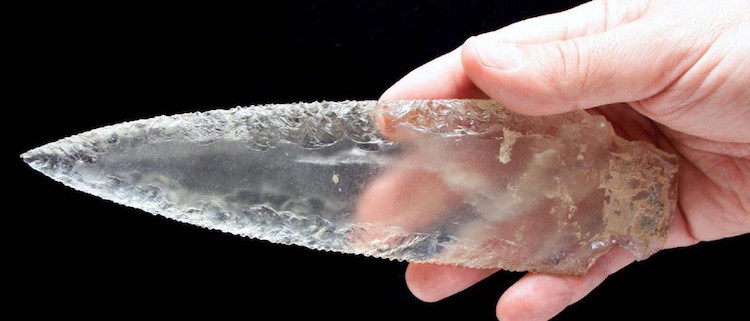
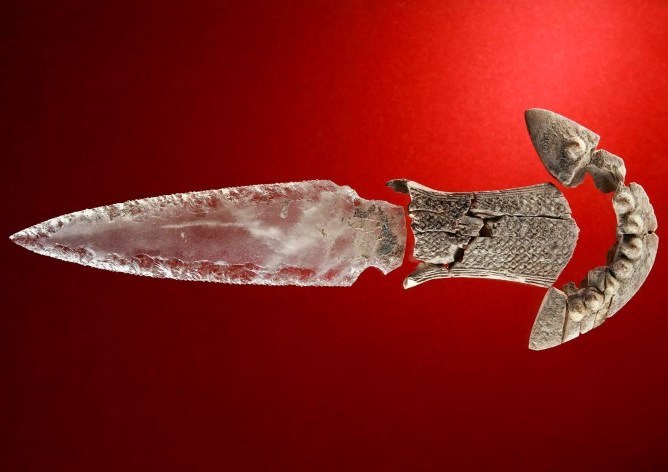
This fantastic find was stumbled upon in the megalithic tomb of Montelirio tholos, nestled in southwestern Spain. Constructed from large slate slabs, this extensive site stretches over an impressive 143 feet. It was excavated between 2007 and 2010, revealing its ancient treasures to the world.
Five years post excavation, a team of researchers from the University of Granada, the University of Seville, and the Spanish Higher Research Council unveiled their in-depth study of these crystal tools. Besides the showstopper crystal dagger, the discovery also comprised 25 arrowheads and cores also made out of clear quartz crystal.
The study indicates that despite crystal being commonly found in late prehistoric Iberian sites, it’s rarely been studied in depth. To truly understand the importance of these unique weapons, it’s essential to explore the circumstances surrounding their discovery.
Crystal Arrowheads Discovered Along With The Dagger
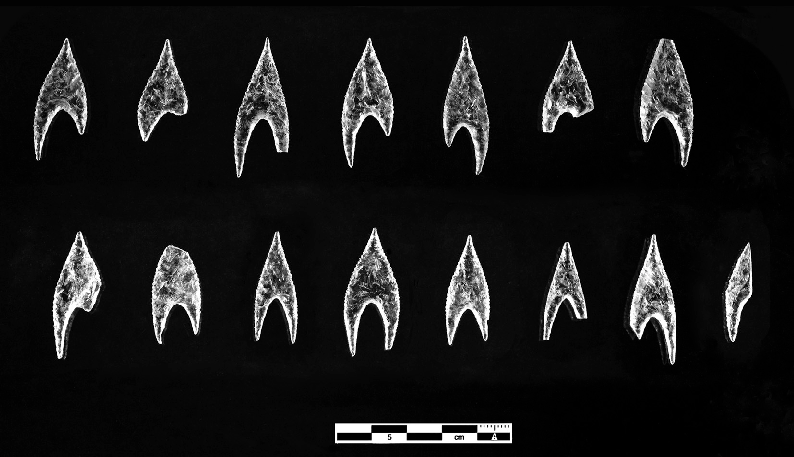
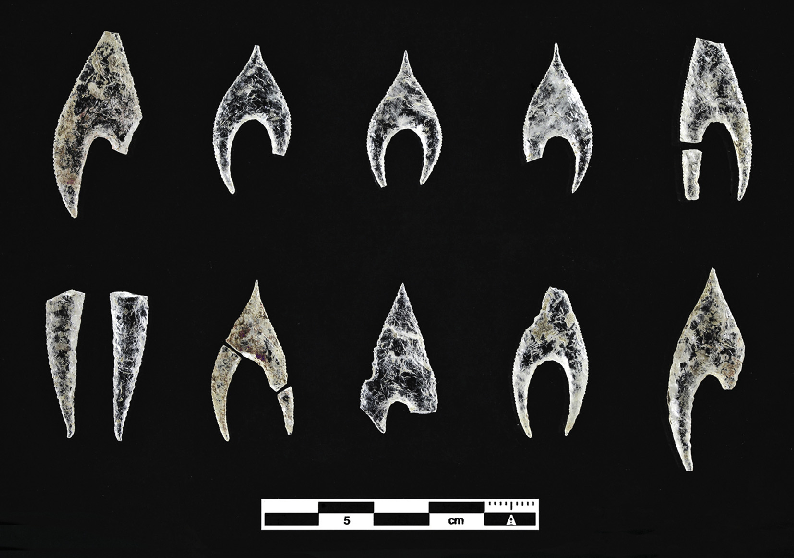
A Glimpse into the Burial Rituals
Inside the Montelirio tholos, researchers discovered the remains of at least 25 individuals. Preliminary analysis indicates that a male and several females possibly died from poison ingestion. The women’s remains were found seated in a circular arrangement, adjacent to the bones of who might have been the chieftain.
Among the grave goods were shrouds or clothes made from tens of thousands of perforated beads, adorned with amber beads. Additional treasures included ivory objects and fragments of gold blades. The crystal arrowheads were found grouped together, suggesting to researchers a possible ritual offering.
As for the magnificent dagger, it was discovered in a separate chamber, “in association with an ivory hilt and sheath.” Measuring nearly 8.5 inches long, its form echoes the shape of other contemporary daggers, except for the fact that it is masterfully carved from crystal.
Deciphering the Role of Crystal Weapons
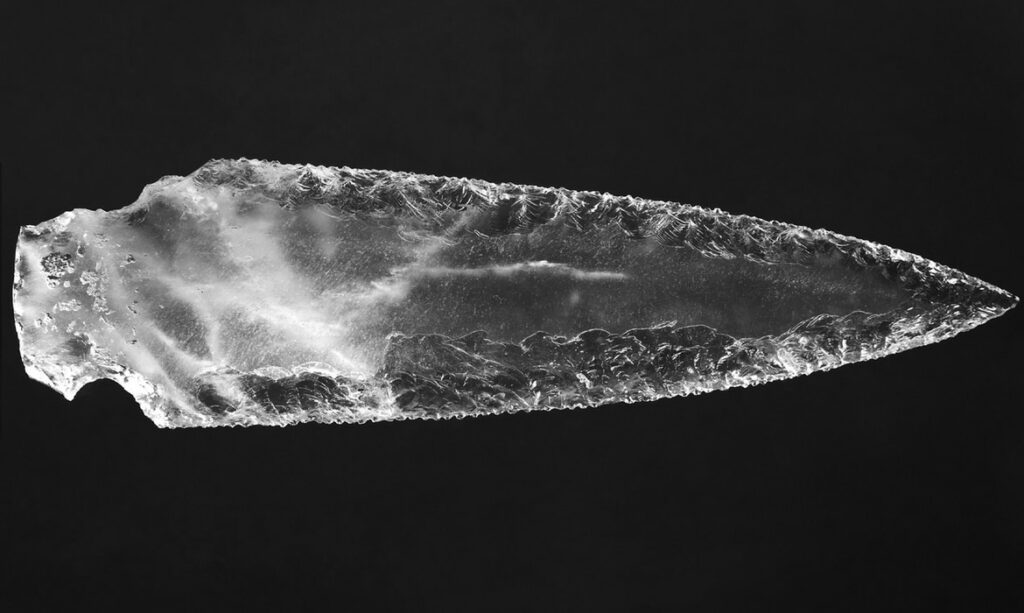
Given the absence of crystal mines in the vicinity, the resources for these items would have been procured from distant locations. This supports the hypothesis that these weapons were likely crafted for a privileged few who could afford to gather such materials and commission their transformation into weaponry. It’s worth noting that the weapons were not attributed to a single individual, hinting at a communal use.
The researchers conjecture that the crystal weapons might signify “funerary paraphernalia only accessible to the elite of this time period.” The rock crystal likely carried symbolic significance, representing vitality, magical powers, and ancestral connection.
While the exact purpose of these crystal weapons remains a subject of speculation, their discovery continues to offer a captivating window into the prehistoric cultures that tread the Earth over 5,000 years ago. The craftsmanship and the material of these artifacts underscore the sophistication of ancient societies, inviting us to marvel at the roots of human civilization.
(Sources: My Modern Met, ResearchGate)

